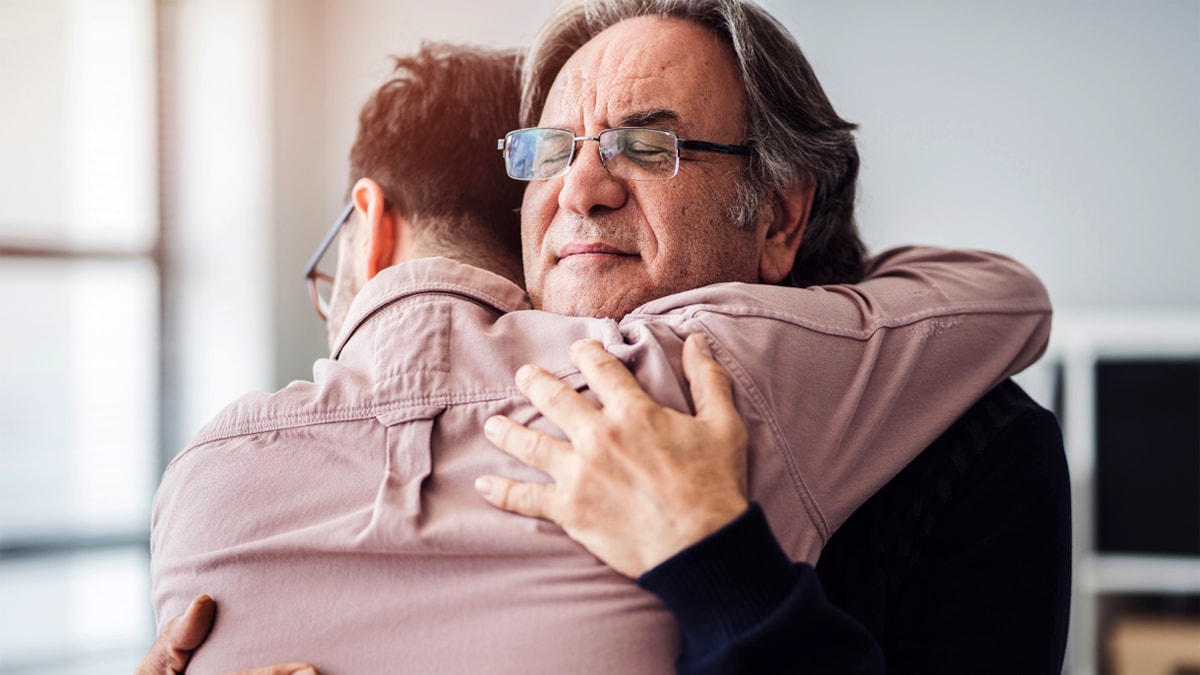Key points
- Suicide is rarely caused by a single circumstance or event.
- Many factors can reduce risk for suicide.
- Everyone can help prevent suicide.

Many factors contribute to suicide risk
A range of factors—at the individual, relationship, community, and societal levels—can increase suicide risk. These risk factors are situations or problems that can increase the possibility that a person will attempt suicide.
Circumstances that increase suicide risk
Individual Risk Factors
These personal factors contribute to risk:
- Previous suicide attempt
- History of depression and other mental illnesses
- Serious illness such as chronic pain
- Criminal/legal problems
- Job/financial problems or loss
- Impulsive or aggressive tendencies
- Substance use
- Current or prior history of adverse childhood experiences
- Sense of hopelessness
- Violence victimization and/or perpetration
Relationship Risk Factors
These harmful or hurtful experiences within relationships contribute to risk:
- Bullying
- Family/loved one's history of suicide
- Loss of relationships
- High conflict or violent relationships
- Social isolation
Community Risk Factors
These challenging issues within a person's community contribute to risk:
- Lack of access to healthcare
- Suicide cluster in the community
- Stress of acculturation
- Community violence
- Historical trauma
- Discrimination
Societal Risk Factors
These cultural and environmental factors within the larger society contribute to risk:
- Stigma associated with help-seeking and mental illness
- Easy access to lethal means of suicide among people at risk
- Unsafe media portrayals of suicide
Many factors protect against suicide risk

Similar to risk factors, a range of factors at the individual, relationship, community, and societal levels can protect people from suicide. We can take action in communities and as a society to support people and help protect them from suicidal thoughts and behavior.
Circumstances that protect against suicide risk
Individual Protective Factors
These personal factors protect against suicide risk:
- Effective coping and problem-solving skills
- Reasons for living (for example, family, friends, pets, etc.)
- Strong sense of cultural identity
Relationship Protective Factors
These healthy relationship experiences protect against suicide risk:
- Support from partners, friends, and family
- Feeling connected to others
Community Protective Factors
These supportive community experiences protect against suicide risk:
- Feeling connected to school, community, and other social institutions
- Availability of consistent and high quality physical and behavioral healthcare
Societal Protective Factors:
These cultural and environmental factors within the larger society protect against suicide risk:
- Reduced access to lethal means of suicide among people at risk
- Cultural, religious, or moral objections to suicide
Connections to violence
Suicide is connected to other forms of injury and violence. For example, people who have experienced violence, including child abuse, bullying, or sexual violence, have a higher suicide risk. Watch Moving Forward to learn how everyone benefits when we increase efforts to protect people from violence and reduce issues that put people at risk.
See Suicide Prevention Resources for articles and publications about risk and protective factors for suicide.
Do you know the warning signs for suicide?
If someone is at risk for suicide, you can watch for warning signs, including:
- Talking about being a burden
- Being isolated
- Increased anxiety
- Talking about feeling trapped or in unbearable pain
- Increased substance use
- Looking for a way to access lethal means
- Increased anger or rage
- Extreme mood swings
- Expressing hopelessness
- Sleeping too little or too much
- Talking or posting about wanting to die
- Making plans for suicide
Read CDC's June 2018 VitalSigns edition to learn more.
Need help? Know someone who does?
Contact the 988 Suicide and Crisis Lifeline if you are experiencing mental health-related distress or are worried about a loved one who may need crisis support.
- Call or text 988
- Chat at 988lifeline.org
Connect with a trained crisis counselor. 988 is confidential, free, and available 24/7/365.
Visit the 988 Suicide and Crisis Lifeline for more information at 988lifeline.org.
